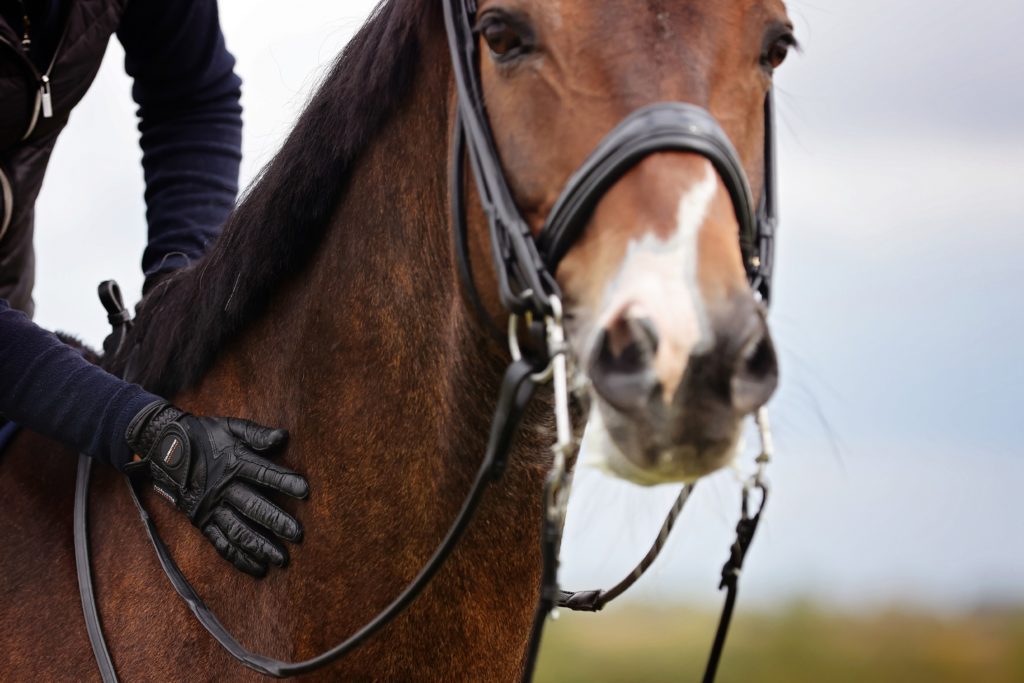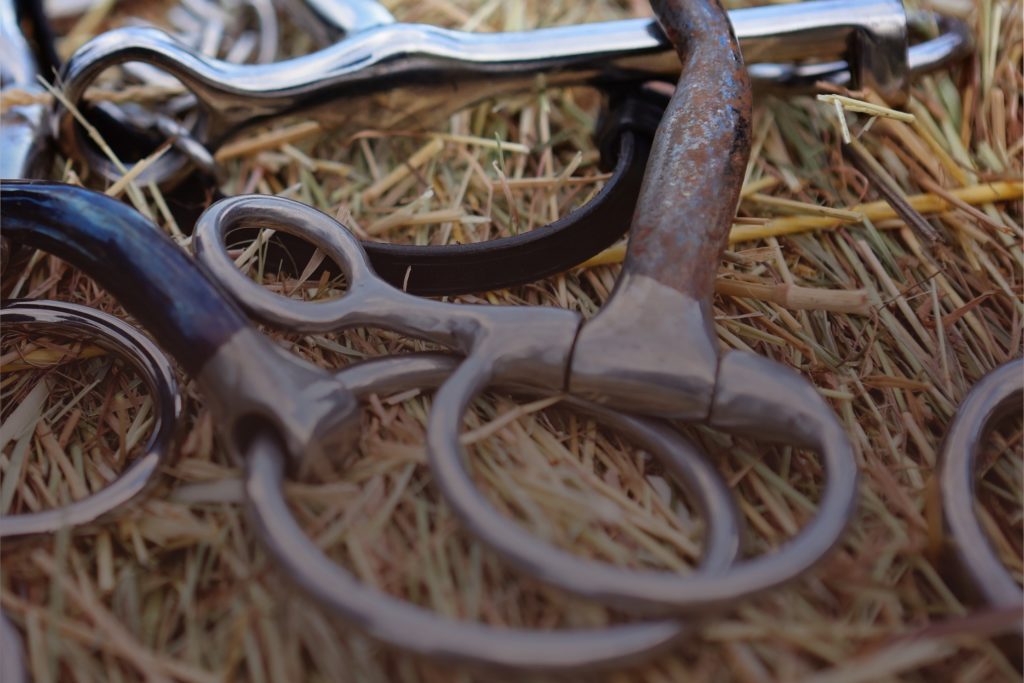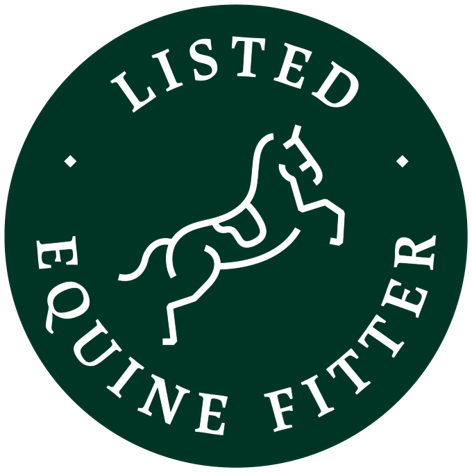A well-fitted and appropriate bit is more comfortable for the horse, ensures safety for the rider, driver, or handler, and allows for subtle communication. Conversely, an ill-fitting or inappropriate bit can cause discomfort, pain, stress, and injury.
It is our duty to regularly check the fit and condition of the bit (as well as the saddle, bridle, harness, and any other equipment) in the interests of our ridden and working horses.

Selecting a bit
With a growing body of research comes greater knowledge and understanding. Bit design and production, using new materials, is flourishing and indeed, many new models offer benefit to the horse. However, the choice can be overwhelming and may invite the belief that there is a bit to resolve every problem.
Changing the bit is not a short cut to prevent unwanted behaviours. A ‘harsh’ bit, or one that is not suited to the mouth and head conformation can cause pain and aversive behaviour. Instead, it is advisable to work with a team of professionals to develop management and training approaches that sensitively address the root of an issue.

Equine Fitters Code of Conduct
All Equine Fitters listed in the Directory meet criteria set by the Equine Fitters Council and abide by the Equine Fitter Code of Conduct and Professional Practice
Equine Fitter Code of Conduct and Professional PracticeWhy you need a professional
A professional Bit Fitter will have training and experience in assessing the horse and rider and in selecting and evaluating fit - and horse preference. They will make a thorough examination of the mouth and head, communicate with you throughout, and keep full records.
The size, shape, angles, and composition of the mouthpiece and cheek and the curb chain or jawstrap must suit the anatomy of the horse. The bit must be fitted with intended bridle, and the combination be suitable for the style of riding and ability of the rider, and meet regulations set by a ruling body.
The Equine Fitters Directory provides information to help you find the right fitter. Listed fitters can be trusted to hold insurance, to pursue ongoing learning, to abide by the Code of Conduct, and to have completed training where indicated.

Look for the EFC Directory
'Listed Equine Fitter' kitemark
